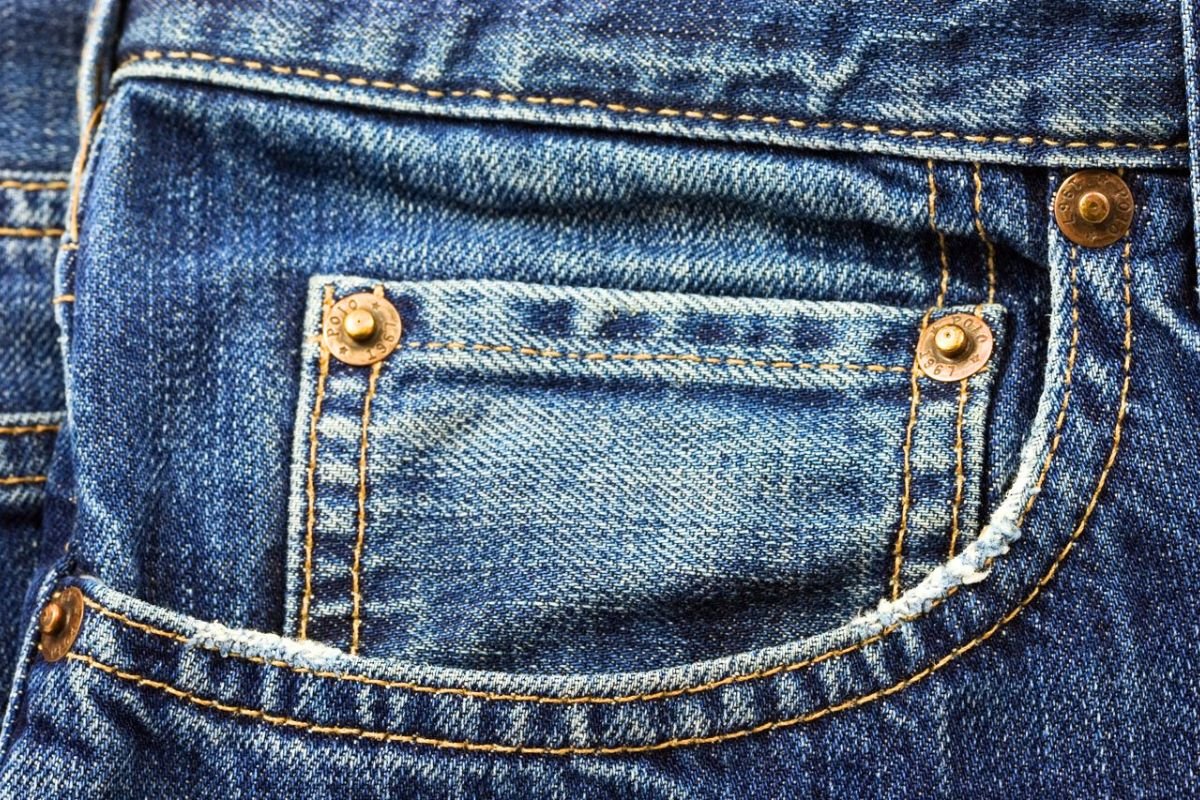- A simple WhatsApp call could drain your bank account — here’s how scammers do it - September 1, 2025
- This everyday drink accelerates aging — science explains why - August 31, 2025
- How to hide the “seen” checkmarks on your WhatsApp messages - August 30, 2025
You know the one – that tiny pocket sitting snugly above your regular front pocket, so small it seems almost decorative. Yet beneath its unassuming stitch lies a slice of 19th-century ingenuity. Far from a fashion leftover, this miniature compartment was born out of pure functional design, crafted to safeguard a cherished everyday tool.
What Is That Mini Pocket Really For?
Back in 1873, when denim workwear was king on the American frontier, cowboys and railroad hands carried pocket watches everywhere. Tossing your timepiece into a full-sized pocket invited scratches, dust and worse. Enter Levi Strauss’s innovation: the “watch pocket,” a secure nook where a brass-cased watch could nestle safely. As Levi Strauss & Co. notes, “Originally dedicated to cowboys’ watches, today it can hold coins, a lighter or other small essentials.”
I’ve tested its versatility myself. On a festival weekend, I tucked a USB stick—preloaded with my band’s set list—into that pocket, and it stayed perfectly protected through muddy mosh pits. It’s the kind of utility that modern designers quietly admire, even if they rarely publicise it.
Why It Still Matters Today
These days, you won’t find many pocket watches jingling in jeans, but the watch pocket endures. It’s ideal for anything you need close at hand yet want shielded—think guitar picks, concert tickets or even a slim cash stash. Outdoor enthusiasts appreciate how it keeps a small compass or fire starter within easy reach, while urban commuters might use it for metro cards or earbud cases.
So next time you slip on your favourite pair of denim, give that hidden gem a nod. It’s a tiny testament to jeans’ rugged past and a reminder that good design often lies in the smallest, most overlooked details.









